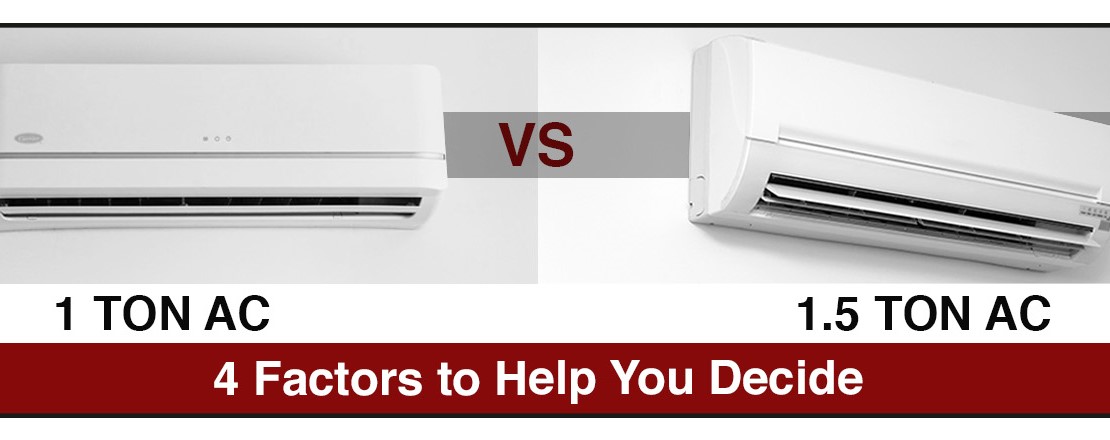
Photo Courtesy: https://www.istockphoto.com/
- Posted On: May 26, 2021
Read Ventilation-Part 1
Poorly ventilated buildings impact indoor air quality and can contribute to the spread of disease and adversely impact occupant comfort. Poor ventilation in air conditioned buildings was also cited as one of the major reasons for sick building syndrome, whereby occupants complained of headaches, eye, nose and throat irritation, dry cough, fatigue and difficulty in concentrating; all directly attributed to the time spent indoors in affected buildings. This was widely studied in western countries in 1980 and 90s and led to the revision of ventilation standards which had been reduced to meet the requirements of efficient air conditioning use in the wake of the 1970s oil embargo.
Indoor air quality has been studied in India showing the adverse health impacts of smoke inhalation from using solid fuels such as firewood for cooking, however, it has not been studied as extensively in the context of urban air-conditioned buildings. We have all experienced fatigue or inability to concentrate inside air conditioned buildings to some extent, especially while attending long meetings in conference rooms. Chances are that beyond that presentation, it is the lack of fresh air that makes it hard to concentrate. This happens as the carbon dioxide levels rise in the room (due to people exhaling) but our cooling systems are not introducing fresh air at the same rate to neutralise leading to increased levels of carbon dioxide. A concentration higher than 1000ppm of carbon dioxide is considered as poor indoor air quality. Apart from ventilation, indoor air quality depends on a number of factors, though ventilation is a key parameter and also has a bearing on the impact of other indoor pollutants such as chemicals, moulds, dust, smells and allergens.
Even non-air-conditioned buildings can suffer from inadequate ventilation. A few multi-storey affordable housing projects built for rehabilitating people from Mumbai slums were found to be poorly ventilated as the design allowed 7-8 storey high housing blocks to be closely placed. Both overcrowding and poor ventilation was linked to increase in incidences of tuberculosis infections in the community, especially on the lower floors where ventilation was worse. Even in mid to high-income multi-storey housing in cities, window openings are reducing due to the use of sliding windows, though glazing sizes have increased for accessing views. In a two-panel sliding window, only half the area is openable at a time, thus adversely affecting ventilation rates. A lot of apartments are also designed to have all windows facing the same side, further limiting opportunities for driving cross-ventilation in houses.
Most commercial buildings designed to rely on air-conditioning alone have done away with optimising cooling through natural ventilation, including air-circulation through fans. The pandemic has exposed the serious restrictions of this approach as one of the most expensive office space catering to IT and services sector in the country lies unused or underutilised. The discomfort of users is evident in their preference for open air restaurants, parks and well-ventilated indoor places to meet and work at this time. This requires a re-think about how buildings can be designed to respond to adequate ventilation requirements. This will lead to triple benefits of better productivity in work spaces, improved health outcomes and lower energy use by reducing reliance of air-conditioning.
Read Ventilation-Part 3
-
- Smita Chandiwala






